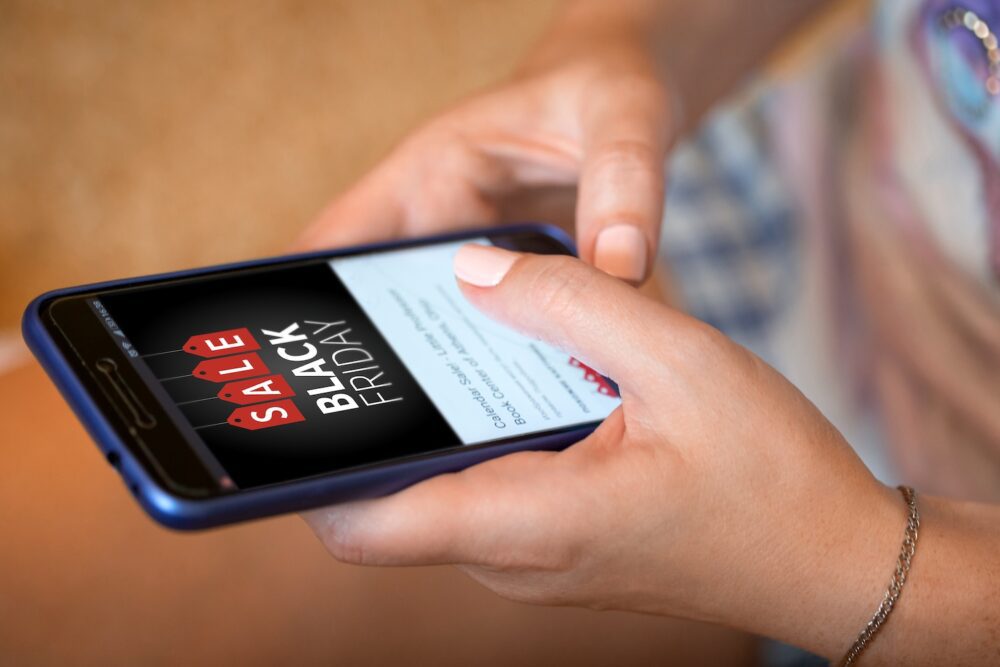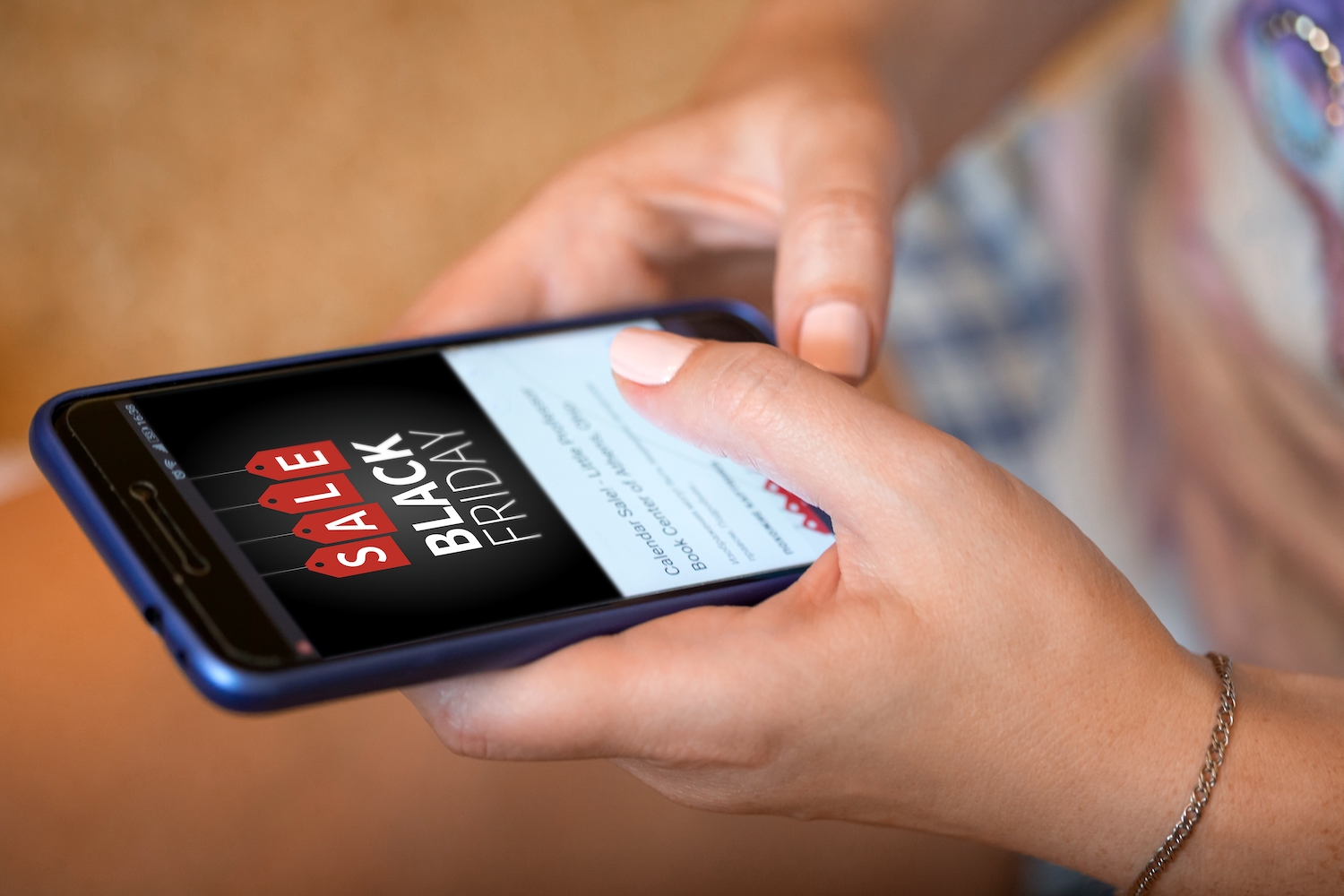Black Friday has long been a staple of the US shopping calendar, and over the last decade or so, it has evolved from novel curiosity to one of the most notable days of the year for UK retailers.
2020’s iteration of Black Friday, which happened in the midst of a global pandemic, saw Brits spend an estimated £2 million every minute on deals and discounts. That’s a pretty staggering amount of money, but will likely pale in significance when compared to 2021, with research finding that 82% of UK shoppers will either be equally or more engaged in Black Friday than they were last year.

For eCommerce brands of all shapes and sizes, the Black Friday weekend—which also incorporates Cyber Monday—presents a huge opportunity to sell, but it’s also an ideal way to boost brand recognition, woo a new raft of consumers, and begin the process of turning one-time customers into loyal brand advocates.
But what exactly does Black Friday success look like? What should retailers be trying to achieve, and how can they go about doing it?
It’s more than just a weekend
The first thing to underscore is that eCommerce businesses need to think beyond Black Friday. The weekend itself is undeniably important—it can effectively make or break a retailer’s annual revenue figures, and poor performance can seriously dent share price—but it’s also about more than just encouraging customers to add items to their basket at this one particular point in the year.
All retailers appreciate that the Black Friday marketing push needs to begin in advance of the weekend itself, but often much less consideration is given to nurturing long-term customer relationships post-event.
In addition to reflecting on headline sales and traffic figures, it’s also worth taking into consideration what proportion of that traffic was from new or returning visitors. Crucially, of those net new prospects, how many were successfully captured and added to the CRM to be contacted—and marketed to—in the future, to maximise lifetime value? And how can owned channels, including email and text messaging, be leveraged to entice people back once the shine of seasonal discounts and offers has worn off?
Post-Black Friday engagement
The most obvious tactic for engaging prospects post-Black Friday is immediately looking ahead to Christmas. Retailers have any number of avenues to explore when it comes to creating festive buzz, such as launching gift guides and brochures (by demographic if possible), promoting gift cards, advertising discounts on shipping if items are bought by a specific date, and sharing helpful blogs about this year’s ‘must-have’ gifts.
Many retailers have, over the last few years, realised the value of launching a bespoke subscription service. Companies like Beer52, Urban Baristas, Pact and Books That Matter have led the way, building business models centred on sending customers a monthly box of supplies, and this model is now seeing a surge in uptake. The subscription box market has grown by 23% over the last year, and the run-up to Christmas is the perfect time for retailers to promote their particular offering, either as a treat or a gift.
Of course, you could also just do your own thing. Why not surprise loyal customers with an exclusive discount code? Or give them early access to an upcoming sale or line launch? You could also hone in on days in Q1 that other retailers will likely overlook, such as National Cheese Lovers Day (Jan 20), Wear Red Day (Feb 5), and World Book Day (March 4). If you can link the day back to your brand, or can tie it to something you sell, these occasions can provide an unusual, but powerful, comms opportunity.
Something else to seriously consider is making use of triggered emails and texts based on a consumer’s behaviour over the Black Friday weekend. If someone viewed a product and it was out of stock, clicked on an item a couple of times but didn’t add it to their basket, or abandoned a basket altogether, the days and weeks following Black Friday are the perfect time to re-market to them. You could even give them a discount or offer free shipping to sweeten the deal.
A great example of a company that has used triggered messaging to tremendous effect is linen and bedwear expert Piglet in Bed. By focusing on obtaining customer data and then sending curated, personalised emails based on behaviour and intent, Piglet in Bed was able to see significant revenue growth. Triggered email has been so successful that it now makes up 14.1% of the company’s total digital revenue.
In summary
Black Friday weekend is hugely important for UK retailers and there are significant immediate, as well as long-term, wins to be had. Brands that fail to use Black Friday and Cyber Monday as a means of attracting, capturing and subsequently nurturing consumers are, to put it simply, missing a pretty substantial trick.
eCommerce businesses, if they aren’t already doing so, need to see Black Friday as a starting point rather than a finish line to be crossed. Encouraging sales is, of course, vital, but harnessing Black Friday to build a remarketable database of engaged, soon-to-be loyal customers should also be seen as a fundamental objective.
By Wulfric Light-Wilkinson, GM EMEA, Wunderkind





















